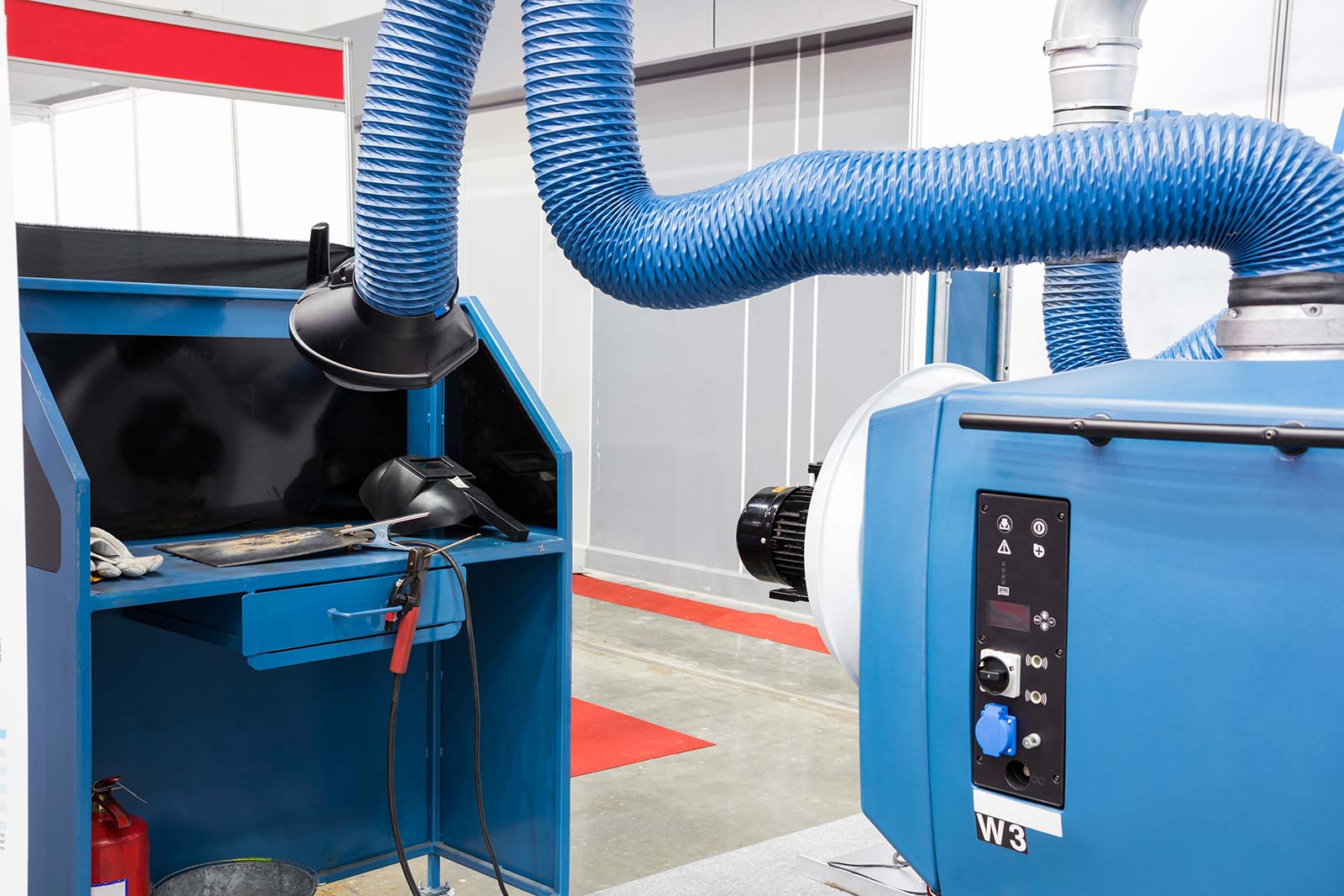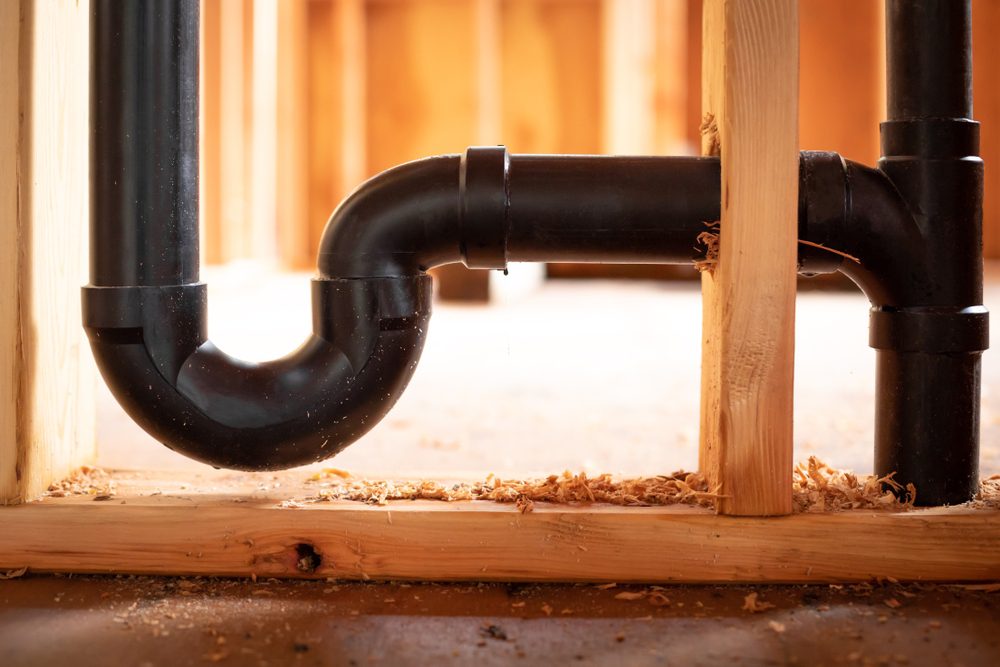How Correct Ventilation Safeguards Your Plumbing System
How Correct Ventilation Safeguards Your Plumbing System
Blog Article
Are you trying to locate tips concerning Why Plumbing Air Vents Are Important?

Proper ventilation in pipes systems is typically ignored, yet it is critical for keeping the functionality and safety of your home's pipes. Ventilation helps manage atmospheric pressure, protect against the accumulation of damaging gases, and guarantee the efficient removal of waste. In this overview, we will check out the relevance of proper plumbing air flow, how it works, and the benefits it brings to your plumbing system.
Understanding Air Flow in Pipes
Ventilation in pipes refers to the network of pipelines that enable air to flow through the water drainage system. These vents offer numerous functions, including managing atmospheric pressure within the pipelines, protecting against drain gases from getting in the home, and helping in the smooth circulation of wastewater.
How Air Flow Functions in Plumbing Systems
Atmospheric Pressure Guideline
Correct ventilation maintains well balanced air pressure within the plumbing system. When water streams with pipelines, it displaces air. Without adequate air flow, this variation can develop negative stress, leading to reduce drains or siphoning of water from catches, which can create unpleasant smells to leak into the home.
Avoiding Sewage System Gas Buildup
One of the most crucial features of pipes vents is to stop sewage system gases, such as methane and hydrogen sulfide, from gathering within the home. These gases can present major wellness dangers and are highly combustible. Vent pipelines enable these gases to leave securely outdoors.
Assisting in Waste Elimination
Ventilation assists in the reliable elimination of wastewater by avoiding airlocks in the drain system. When air can move openly through the vents, it permits water and waste to move smoothly via the pipelines, decreasing the risk of obstructions and back-ups.
Types of Pipes Vents
Main Heap Vent
The main stack air vent, additionally called the vent stack, is the key air vent in a plumbing system. It expands from the main drain line up through the roof covering, permitting gases to get away and fresh air to enter the system.
Branch Vent
Branch vents attach to the major stack air vent and serve private components, such as sinks, bathrooms, and showers. These vents ensure that each component has sufficient air flow to function correctly.
Air Admittance Valve (AAV).
An Air Admission Shutoff (AAV) is a one-way shutoff that allows air to go into the plumbing system without the need for a conventional vent pipe prolonging through the roofing. AAVs are commonly utilized in remodellings or locations where installing a standard air vent is impractical.
Indicators of Poor Air Flow in Pipes.
Slow Draining Fixtures.
If your sinks, bathtubs, or bathrooms are draining gradually, maybe an indication of bad air flow. Inadequate air flow can create a vacuum impact, making it challenging for water to drain effectively.
Gurgling Seems.
Gurgling sounds coming from drains pipes are commonly a result of air being drawn with water catches because of negative stress in the pipes. This is a clear indication of insufficient air flow.
Unpleasant Smells.
Sewer smells inside your home are a warning that your plumbing system is not effectively ventilated. This can suggest that sewer gases are not being appropriately aired vent outside, leading to possibly unsafe conditions.
Usual Ventilation Errors.
Poor Vent Sizing.
Making use of small air vent pipelines can bring about inadequate air circulation and stress inequalities in the system. It's essential to make use of vents that fulfill the certain demands of your pipes system.
Improper Vent Positioning.
Placing vents too much from the components they serve can reduce their efficiency. Proper positioning guarantees that air can move openly and effectively via the system.
Ignoring Code Demands.
Building codes provide specific standards for plumbing ventilation. Ignoring these codes can lead to a system that falls short to function correctly and might result in pricey repair services or carcinogen.
Benefits of Correct Ventilation.
Improved System Efficiency.
Correctly aerated pipes systems run more efficiently, with less clogs, faster draining pipes, and less stress on the pipelines. This efficiency prolongs the life-span of the pipes system.
Improved Air Top Quality.
By stopping sewer gases from entering your home, proper ventilation contributes to better indoor air high quality, making your living environment healthier and much more comfortable.
Protecting Against Water Damages.
Appropriate ventilation helps stop water from being siphoned out of traps, which can lead to drain gases going into the home and triggering water damages with time.
Steps to Guarantee Proper Air Flow.
Consulting Pipes Codes.
Constantly speak with neighborhood plumbing codes when creating or modifying your pipes system. These codes give the essential standards for proper venting and guarantee your system meets safety and security standards.
Regular Evaluation and Maintenance.
Normal examinations can aid identify potential air flow concerns prior to they end up being major problems. Upkeep jobs, such as cleaning up vent pipes and looking for blockages, are essential for keeping the system in good working order.
Professional Setup.
For brand-new installations or major alterations, it's a good idea to work with a professional plumber. They have the know-how to make sure the air flow system is correctly developed and set up according to code.
Verdict.
Appropriate ventilation is an important component of any pipes system, guaranteeing that it works efficiently and safely. By understanding the value of ventilation, recognizing the indications of bad ventilation, and taking actions to keep your system, you can avoid costly issues and protect your home's air high quality.
4 Things You Should Know About Your Plumbing Vents
What Plumbing Vents Are
Also called a vent stack, a plumbing vent is a vertical pipe attached to your drain line that runs through your roof. The plumbing vent pipe, or plumbing air vent, removes gas and odors from your plumbing system and allows fresh air to enter the pipes, helping the water to flow out of the drain pipes.
What Plumbing Vents Do
Plumbing vents have two basic functions. One of which is to allow unpleasant smelling wastewater and sewer gasses to escape your plumbing system instead of entering your home. Plumbing vent pipes are typically located on roofs, away from windows, to ensure the fumes exit the home completely.
The other function of the plumbing vent is to move fresh air into your plumbing system. This helps move water through every plumbing fixture in your house, like toilets and sink drains. Think of the way in which you need to let a little air into the bottle as you pour soda in order to make the drink flow smoothly.
Different Types of Plumbing Vents
True vent: This is the most common vent option. In simplest terms, a true vent is a vertical pipe attached to your drain line that exits through the roof. They often function as the main vent that other fixtures can connect to. Re-vent pipe or auxiliary vent: Attached to the drain line near specific plumbing fixtures, re-vent pipes run up and over to connect to the main vent. Common vent: Two plumbing fixtures installed on opposite sides of a wall are typically tied into the vent stack using something known as a sanitary cross. Wet vent: This venting option operates as a drain pipe and a vent at the same time. Wet vent drainage systems drain water from one fixture while venting the air from another. Although they’ve been used for over 100 years, wet vent systems have only recently been added to the plumbing code in many areas. If you’re planning on installing one in a bathroom remodel, make sure you check your local code prior to construction. Loop vent: For free-standing fixtures like kitchen island sinks, loop vents are ideal. These vent pipes run under the floor, rise from the P-trap, and create a loop inside the cabinet sink. Air admittance valve: An AAV is a one-way mechanical valve typically installed at the site of the plumbing fixture. AAVs allow venting to occur without having to tie into a larger venting system. They’re ideal for venting fixtures where you aren’t able to easily connect to an existing vent system. Common Plumbing Vent Issues
Although vent pipes typically don’t have water flowing through them, they’re still subject to many typical plumbing issues. For example, clogs are one of the most common problems associated with sewer vent pipes. If your vent pipe gets clogged, all of your plumbing fixtures tied into the vent stack will be affected.
A sink with a slow drain that bubbles and gurgles or a strong sewage smell around your toilet are both indicators that your toilet vent pipe is clogged. Because most vent pipes exit through the roof, old leaves, twigs or even a bird’s nest could be clogging the pipe.
Clogs in your vent pipe system cause a buildup of negative pressure, meaning that water won’t be able to flow out of your home very well. It’s similar to putting your finger over the opening of a straw to trap water inside. When you remove your finger, the water is able to flow out of the straw.
If you suspect you have any blockage in your vent, make sure you have a professional come examine the situation. Left unchecked, a blocked air vent can lead to other costly repairs, like leaks and sediment buildup.
Under Pressure
Pipe vents are essential aspects of a home’s plumbing system. Owning a home means learning about all sorts of things you never put much thought into before. But by understanding as much as you can about the important systems of your home, you can keep those budgets intact and those anxiety levels low.
https://www.homeserve.com/en-us/blog/home-improvement/plumbing-vents/

Hopefully you enjoyed reading our part on What Are Plumbing Vents and Why Are They Important?. Thank you so much for taking the time to browse our posting. I beg you take the time to promote this blog if you enjoyed reading it. We thank you for reading our article about What Are Plumbing Vents and Why Are They Important?.
View Website Report this page